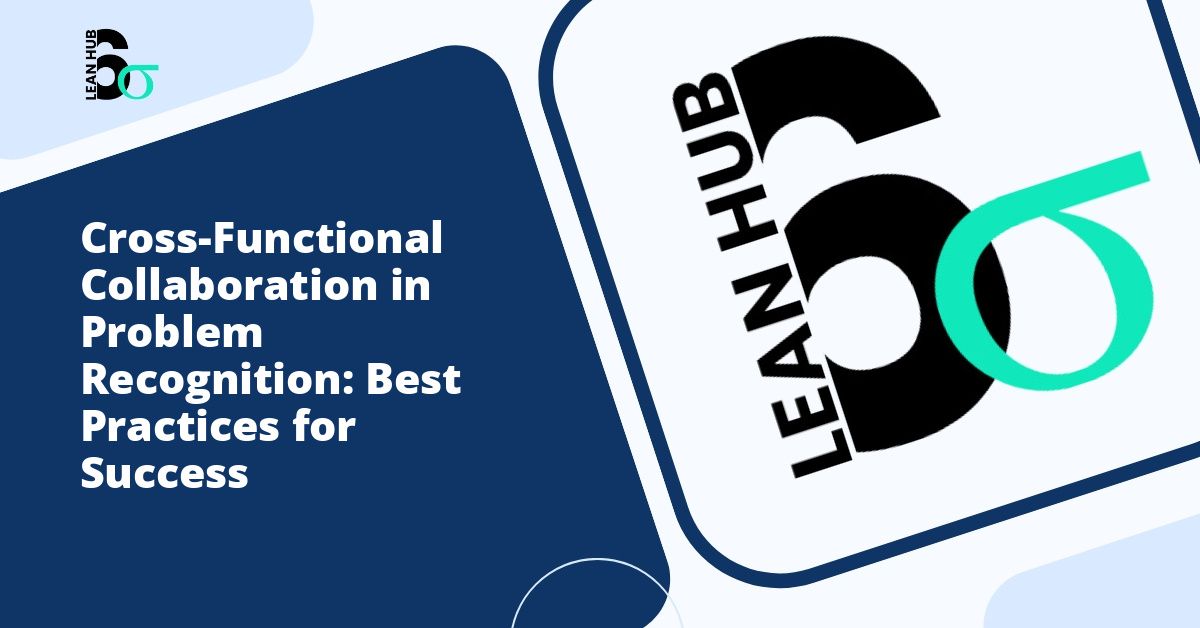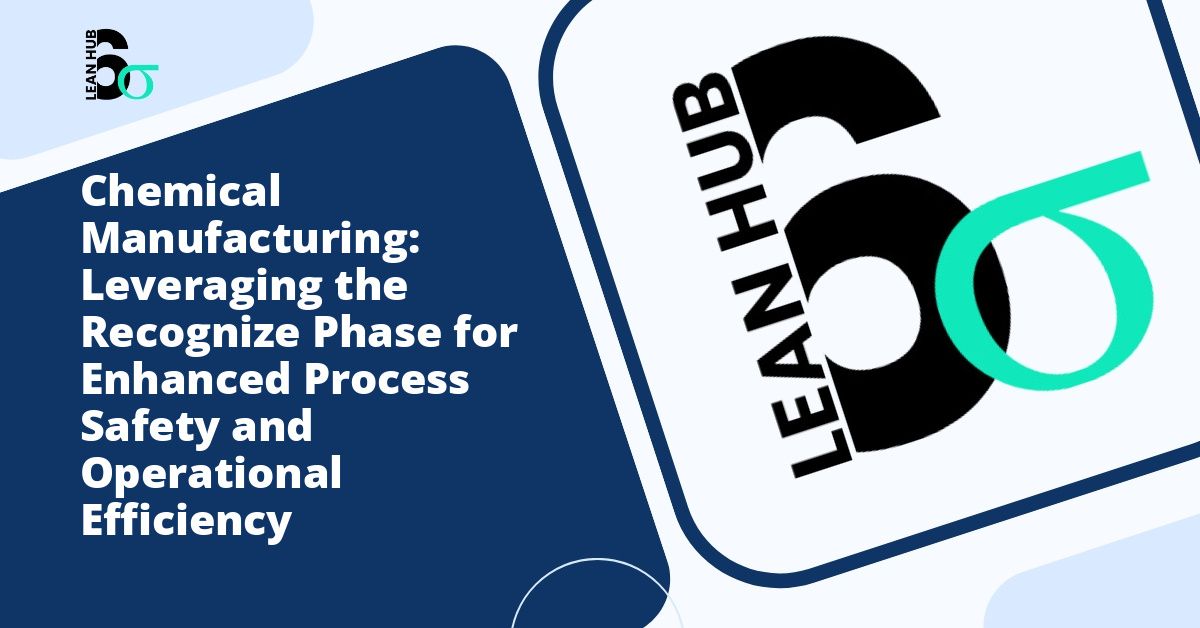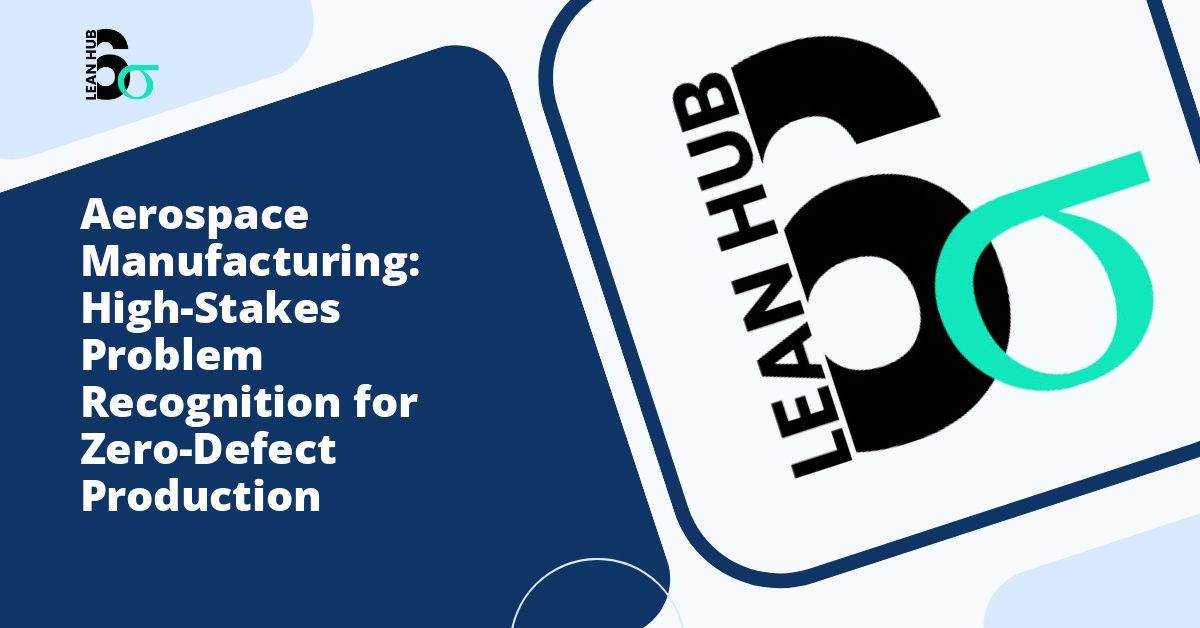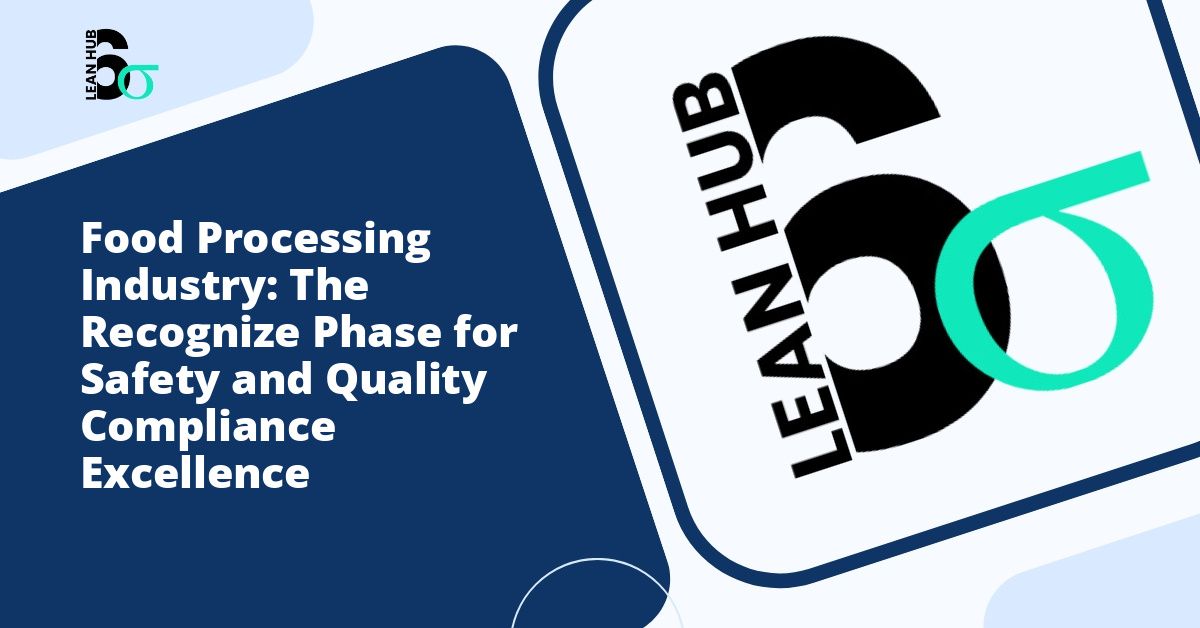In today’s complex business environment, problems rarely exist within the boundaries of a single department or function. Organizations that excel at problem-solving understand that effective problem recognition requires input from multiple perspectives across different areas of expertise. Cross-functional collaboration during the problem recognition phase creates a foundation for successful resolution and continuous improvement initiatives.
Understanding the Critical Role of Problem Recognition
Problem recognition serves as the cornerstone of any improvement initiative. Within the lean six sigma methodology, the recognize phase represents the first critical step where teams identify, define, and prioritize issues that require attention. Without proper recognition, organizations risk investing resources in solving the wrong problems or addressing symptoms rather than root causes. You might also enjoy reading about How to Engage Leadership During the Recognize Phase: A Complete Guide to Getting Buy-In.
Cross-functional collaboration during this phase ensures that problems are viewed from multiple angles, capturing the full scope of their impact across the organization. When representatives from different departments work together, they bring diverse knowledge, experience, and perspectives that lead to more accurate problem identification and more effective solutions. You might also enjoy reading about How to Get Buy-In for Your Six Sigma Project During the Recognize Phase.
The Value of Diverse Perspectives in Problem Recognition
Different functional areas within an organization possess unique insights into how problems manifest and affect operations. A quality issue might be first noticed by production staff, but its implications extend to customer service, sales, finance, and supply chain management. By involving stakeholders from these various functions during the recognize phase, organizations gain a comprehensive understanding of the problem’s true nature and scope. You might also enjoy reading about RDMAIC vs DMAIC: Why the Recognize Phase Matters in Lean Six Sigma.
Marketing teams might identify customer complaints and market trends, while operations teams observe process inefficiencies firsthand. Finance departments can quantify the cost impact, and human resources might recognize workforce implications. This multifaceted view prevents tunnel vision and ensures that problem statements reflect organizational reality rather than departmental biases.
Best Practices for Cross-Functional Problem Recognition
Establish Clear Communication Channels
Effective cross-functional collaboration begins with establishing robust communication channels that enable information flow across departmental boundaries. Organizations should create formal mechanisms for sharing observations, concerns, and data related to potential problems. Regular cross-functional meetings, shared digital platforms, and collaborative workspaces facilitate ongoing dialogue and ensure that important signals are not lost in organizational silos.
These communication channels should be accessible and transparent, allowing team members to raise concerns without bureaucratic obstacles. When employees from different functions can easily share their observations and insights, problems are recognized earlier and more accurately.
Build Diverse Problem Recognition Teams
When forming teams for problem recognition activities, intentionally recruit members from various functional areas, organizational levels, and backgrounds. This diversity should extend beyond departmental representation to include differences in tenure, expertise, and perspective. New employees often notice issues that veterans have normalized, while experienced staff members provide historical context and pattern recognition.
The optimal team size typically ranges from five to eight members, large enough to incorporate diverse viewpoints yet small enough to remain efficient and agile. Each member should understand their role in contributing unique insights while remaining open to perspectives that differ from their own.
Create Psychological Safety
Cross-functional collaboration thrives in environments where team members feel safe expressing concerns, asking questions, and challenging assumptions. Leaders must actively cultivate psychological safety by demonstrating that all contributions are valued, mistakes are learning opportunities, and diverse opinions strengthen rather than threaten the process.
In the context of lean six sigma initiatives, psychological safety becomes particularly important because effective problem recognition often requires acknowledging uncomfortable truths about current processes or outcomes. Team members must feel confident that raising problems will lead to improvement rather than blame.
Use Structured Problem Recognition Methods
While diversity of thought is valuable, effective cross-functional collaboration also requires structure to channel insights productively. Organizations should employ proven methodologies for problem recognition that provide frameworks for collaborative analysis. These might include process mapping sessions, data collection protocols, customer journey analysis, or value stream mapping exercises.
During the recognize phase, structured methods help teams systematically evaluate potential problems according to consistent criteria such as frequency, severity, cost impact, customer effect, and strategic alignment. This structure prevents discussions from becoming unfocused while still allowing creative thinking and diverse input.
Leverage Data from Multiple Sources
Different functions typically collect and maintain different types of data. Production might track defect rates, customer service monitors complaint trends, finance analyzes cost variances, and sales reviews revenue patterns. Cross-functional collaboration enables teams to integrate these various data sources to develop a more complete picture during problem recognition.
Teams should establish processes for aggregating and analyzing data from across the organization. This integrated approach reveals connections and patterns that would remain hidden if each function examined only its own metrics. The combination of quantitative data and qualitative observations from different functional perspectives creates robust evidence for problem identification and prioritization.
Define Common Language and Metrics
One significant barrier to effective cross-functional collaboration is the tendency for different departments to use specialized terminology and measure success differently. During problem recognition, teams must establish common definitions, shared vocabulary, and agreed-upon metrics that everyone understands regardless of functional background.
This shared language ensures that when team members discuss problems, they are referring to the same issues and evaluating them according to consistent standards. Taking time early in the recognize phase to align on terminology and measurement approaches prevents confusion and misunderstanding later in the process.
Facilitate Rather Than Direct
Successful cross-functional problem recognition requires skilled facilitation rather than top-down direction. Leaders should guide the process without dominating it, ensuring that all voices are heard and that discussions remain productive. Effective facilitators ask probing questions, encourage quiet members to contribute, synthesize different viewpoints, and help teams work through disagreements constructively.
In lean six sigma initiatives, trained facilitators or project champions often play this role, using their process expertise to keep teams focused on rigorous problem recognition while respecting the functional expertise that each team member brings to the table.
Overcoming Common Challenges
Cross-functional collaboration during problem recognition is not without obstacles. Territorial attitudes, competing priorities, and historical conflicts between departments can undermine collaborative efforts. Organizations must actively address these challenges through leadership support, clear expectations, and accountability for collaborative behavior.
Time constraints represent another common challenge, as pulling team members away from their primary responsibilities requires justification and planning. Leaders should communicate the value of time invested in thorough problem recognition, emphasizing that hours spent properly identifying problems save days or weeks that might otherwise be wasted addressing the wrong issues.
Measuring Success in Cross-Functional Problem Recognition
Organizations should establish metrics to evaluate the effectiveness of their cross-functional problem recognition efforts. These might include the percentage of problems identified that lead to successful improvement initiatives, the time required from problem recognition to solution implementation, stakeholder satisfaction with the problem recognition process, and the degree to which implemented solutions address root causes rather than symptoms.
Tracking these metrics over time helps organizations refine their approaches and demonstrates the value of investing in collaborative problem recognition practices.
Conclusion
Cross-functional collaboration during the problem recognition phase represents a strategic investment in organizational effectiveness. By bringing together diverse perspectives, knowledge, and data from across the organization, companies can identify problems more accurately, understand their full scope and impact, and establish a solid foundation for effective problem-solving initiatives. The best practices outlined in this article provide a roadmap for organizations seeking to strengthen their collaborative problem recognition capabilities and maximize the return on their continuous improvement efforts. When implemented consistently, these practices transform problem recognition from a departmental activity into an organizational capability that drives sustainable competitive advantage.








